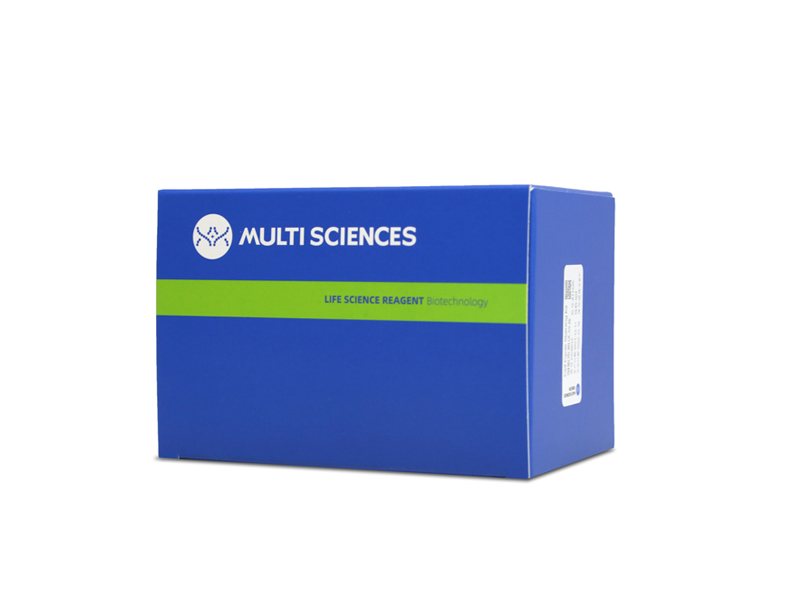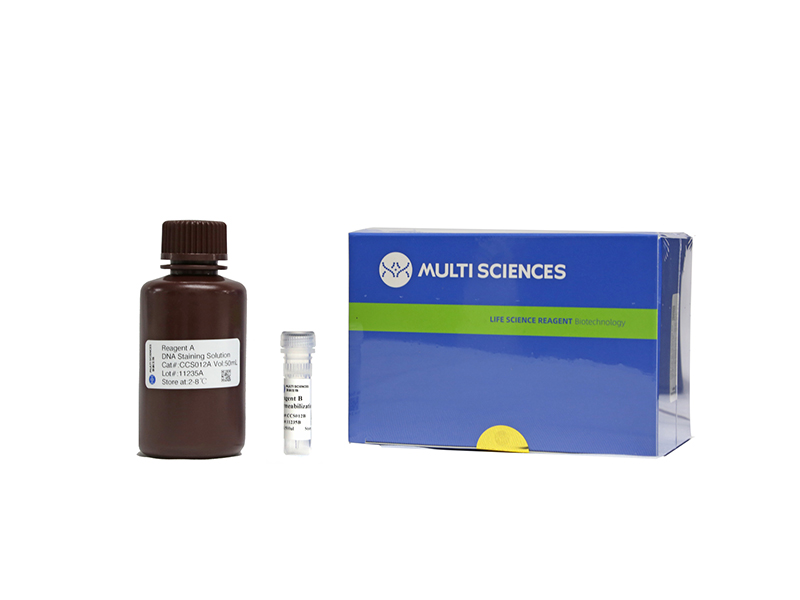As a widely grown economic crop, cotton is the major oil and protein resource for human and livestock. But the highly toxic of gossypol in cottonseed severely restricts its effective utilization, consequently creating huge resource waste. Previous studies have shown the male germline stem cells were the most vulnerable cells in gossypol damages, but the mechanism was still unclear. We found gossypol induced cell viability decline resulted from apoptosis. And the increase of Caspase-9 activity in gossypol treatment hinted the mitochondrial apoptosis. So the mitochondrial dysfunction was confirmed by the decreased mitochondrial membrane potential and ATP concentration. We found the higher intracellular H(2)O(2) level did not accompany with the O(2)(·-) associated increase in gossypol-treated, which indicated that gossypol obstructed the intracellular reactive oxygen species (ROS) elimination. Manipulated gossypol-induced H(2)O(2) level by H(2)O(2) and α-lipoic acid, we demonstrated that the mitochondrial dysfunction resulted from the excessive intracellular H(2)O(2). Treated with Apogossypolone (ApoG2), an aldehyde group removed derivative of gossypol, the GSH/GSSG ratio and H(2)O(2) did not decrease. ApoG2 also did not cause the mitochondrial apoptosis. So the aldehyde group is key factor in gossypol cytotoxicity. We respectively detected the NAD(+)/NADH ratio, SIRT1 activity, the relative protein level and apoptosis. Comparing with the specific inhibitors groups, the data illustrated that gossypol induced apoptosis through SIRT1-P53-PUMA pathway. This study helped to overcome barriers of gossypol cytotoxicity, which is crucial in feed and food use of cottonseed. This also provides a reference for the gossypol derivatives using in male contraception and anticancer.
文章引用产品
-
-
- CCS012 1190 Citations
- 周期试剂盒
Cell Cycle Staining Kit 细胞周期检测试剂盒
-
¥390.00
-
- CCS012 1190 Citations
- 周期试剂盒
Cell Cycle Staining Kit 细胞周期检测试剂盒
- ¥390.00



